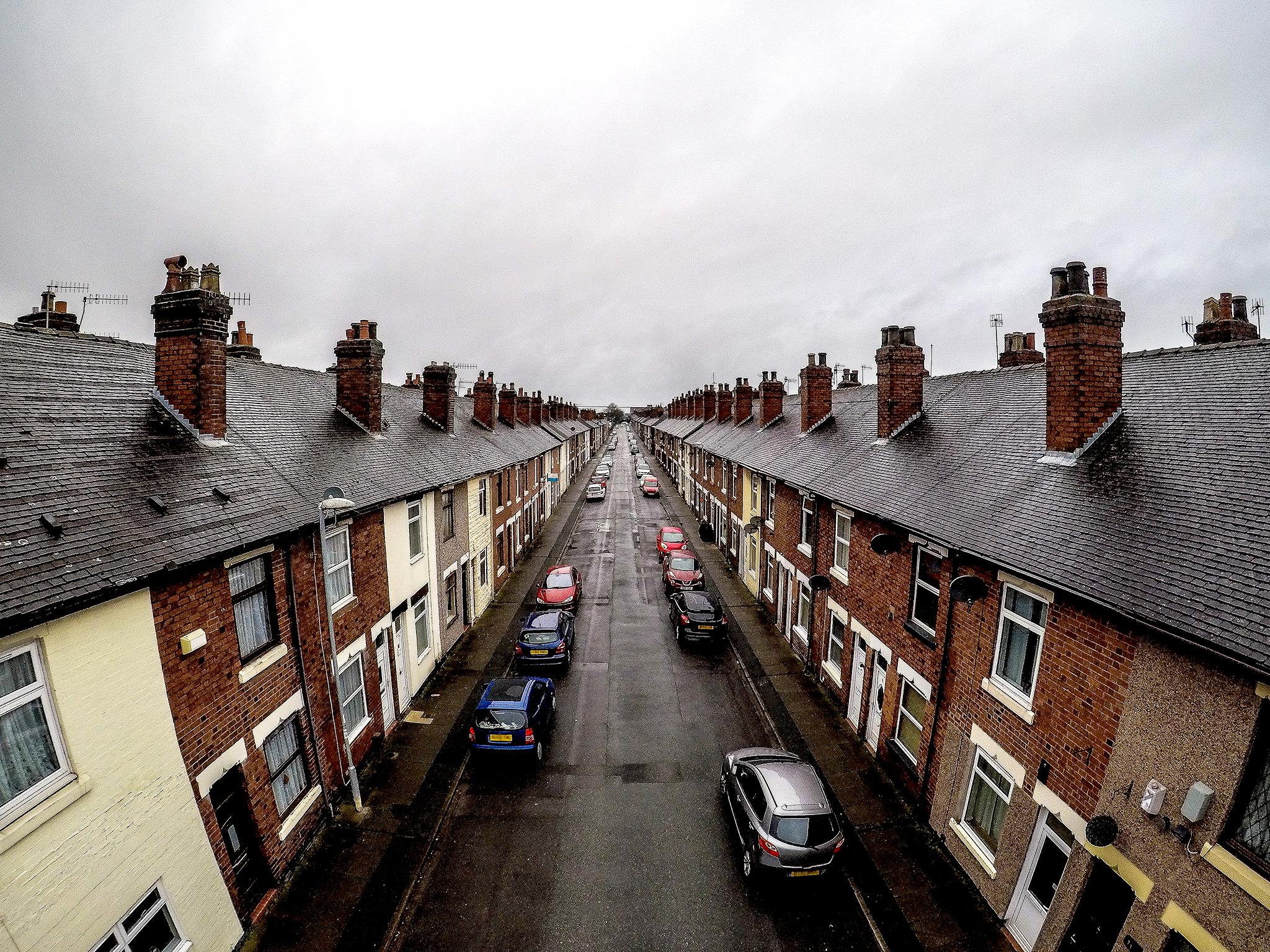Number of private landlords ‘shrinks to seven-year low’
Researchers found that average rents across Britain increased to £998 per month in January

The estimated number of landlords in the private rental sector has shrunk to a seven-year low, according to a report.
Across Britain, there were 2.66 million landlords in 2019, Hamptons International has calculated.
Hamptons said it was the lowest level since 2012 when there were 2.58 million landlords in Britain.
The number of landlords peaked at 2.88 million in 2017, but the report said tax and regulatory changes have caused some landlords to sell up and leave the sector.
Despite the falling number of landlords, those remaining in the sector are building bigger property portfolios.
Thirty per cent of landlords owned more than one buy-to-let property in 2019 – double the proportion seen a decade ago when just 15 per cent owned multiple rental homes.
The average landlord owned 1.93 buy-to-let properties last year, the highest number since 2009.
Landlords in the northeast of England were found to have the biggest portfolios, at 2.05 homes on average, followed by those based in Yorkshire and the Humber (2.03) and London (2.01).
Investors in Wales and Scotland were least likely to have big buy-to-let portfolios, with landlords in both countries letting out 1.83 properties typically.
Researchers also found that average rents across Britain increased to £998 per month in January, up by 3.6 per cent annually.
Rents increased across Britain, from a 6 per cent annual uplift in the southwest of England to a 1.2 per cent upswing in Wales.
Aneisha Beveridge, head of research at Hamptons International, said landlords “who have stayed tend to have bigger portfolios – a further sign that the sector is professionalising”.
She continued: “The number of new homes purchased by landlords remains low, which is feeding through to fewer homes available to rent. This is particularly true in the south, where rents are rising the most.”
Press Association
Subscribe to Independent Premium to bookmark this article
Want to bookmark your favourite articles and stories to read or reference later? Start your Independent Premium subscription today.

Join our commenting forum
Join thought-provoking conversations, follow other Independent readers and see their replies